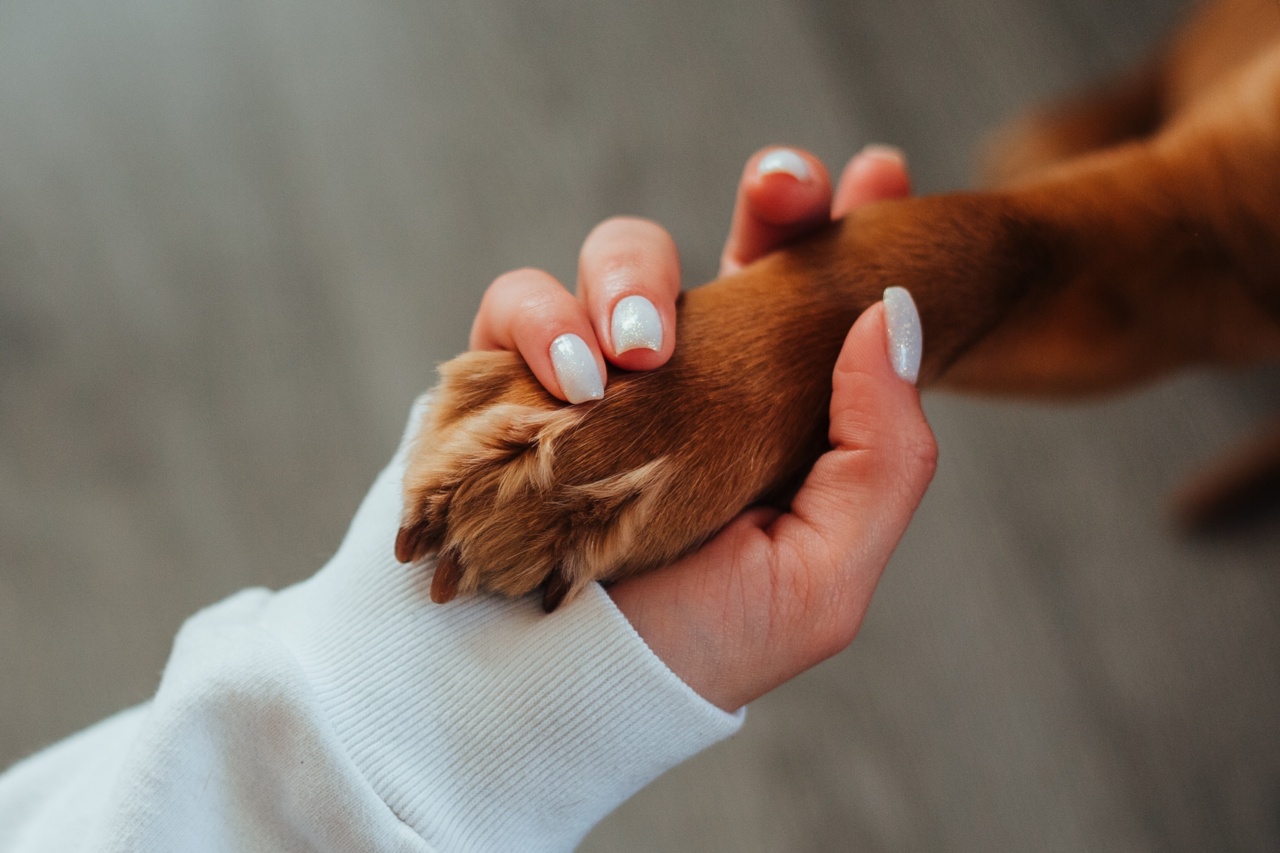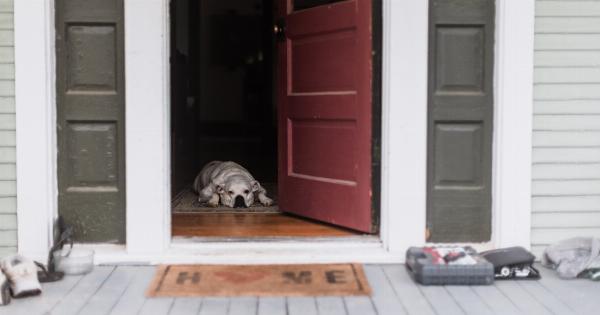Dogs urinating inside the house can be a common and frustrating problem for pet owners. There could be several reasons behind this behavior, ranging from medical issues to behavioral problems.
Understanding the underlying cause is essential to effectively address and resolve this issue.
Medical Issues
One of the first things to consider when dealing with a dog urinating inside is whether there are any underlying medical conditions causing this behavior. Some medical issues that can contribute to inappropriate urination include:.
- Urinary Tract Infections (UTIs): UTIs can cause dogs to have the frequent urge to urinate and may lead to accidents indoors.
- Bladder Stones: Bladder stones can cause discomfort and increase the frequency of urination.
- Disease or Organ Dysfunction: Conditions like kidney disease, diabetes, or hormonal imbalances can affect a dog’s bladder control.
- Incontinence: Older dogs or those with weak bladder muscles may struggle to hold their urine.
Behavioral Problems
If your dog is healthy but still urinating inside, it may be due to behavioral issues. Some common reasons why dogs urinate indoors for behavioral reasons include:.
- Lack of Housetraining: Puppies or newly adopted dogs may not have been properly housetrained.
- Anxiety or Stress: Dogs may urinate out of anxiety or stress, especially when left alone or in unfamiliar situations.
- Marking Territory: Unneutered male dogs may urinate inside to mark their territory.
- Submissive Urination: Some dogs may urinate as a submissive gesture when they feel intimidated.
Steps to Stop Your Dog from Urinating Inside
Now that we understand the possible reasons behind your dog’s indoor urination, let’s explore some effective steps to help you solve this problem:.
1. Rule out Medical Issues
Before addressing any behavioral causes, it’s crucial to rule out any medical problems. Take your dog to a veterinarian for a thorough examination and proper diagnosis.
If a medical issue is detected, follow your vet’s recommended treatment plan.
2. Establish a Regular Feeding Schedule
Creating a consistent feeding schedule helps regulate your dog’s bathroom habits, making it easier for you to anticipate when they need to go outside. Stick to a specific feeding routine and avoid free-feeding your dog.
3. Designate Bathroom Areas
Choose a specific area outside where you want your dog to eliminate. Consistently take them to this spot after meals, naps, and playtime. Use encouraging words and positive reinforcement whenever they urinate in the designated area.
4. Implement a Housetraining Routine
If your dog lacks housetraining, establish a routine to teach them proper bathroom behavior. Take your dog outside every few hours, especially after waking up, eating, or playing.
Praise and reward them with treats or verbal praise when they eliminate outdoors.
5. Manage Anxiety and Stress
If your dog’s indoor urination is related to anxiety or stress, consult with a professional dog behaviorist to develop a behavior modification plan.
They may recommend techniques such as desensitization, counter-conditioning, or medication if necessary.
6. Clean and Eliminate Odors
Meticulously clean any areas where your dog has previously urinated indoors. Dogs have a keen sense of smell, and lingering urine odors may encourage them to repeat the behavior. Use a pet-friendly enzymatic cleaner to remove the scent effectively.
7. Consider Crate Training
Crate training can be beneficial to housetrain dogs and prevent indoor accidents. Introduce your dog to a properly sized crate and gradually accustom them to staying inside for short periods.
Ensure the crate is comfortable and never use it for punishment.
8. Neuter or Spay Your Dog
If your dog urinates indoors due to marking territory or hormonal reasons, consider neutering or spaying them. This procedure can help reduce hormonal behaviors and diminish the urge to mark territory inside the house.
9. Address Submissive Urination
If your dog exhibits submissive urination, avoid direct eye contact or any intimidating gestures. Instead, approach them calmly and speak softly to reassure them and reduce anxiety.
10. Seek Professional Help
If you’ve tried various methods without success or if your dog’s behavior worsens, consult a professional dog trainer or behaviorist.
They can evaluate your dog’s specific situation and provide personalized guidance to resolve the issue.






























